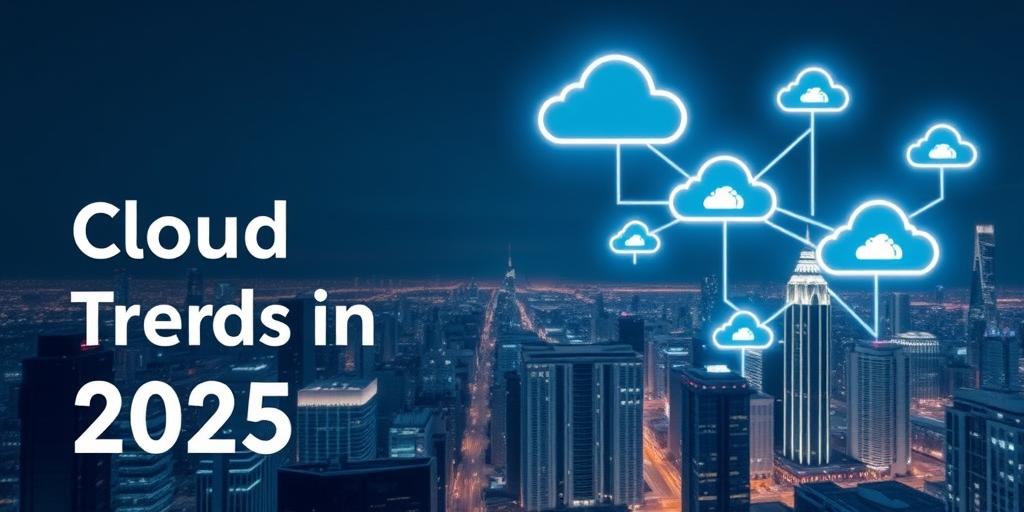The Future of Cloud Computing: Hybrid, Multi-Cloud, and Serverless (2025)
The cloud computing landscape is rapidly evolving. As we approach 2025, three key trends are set to dominate: hybrid cloud, multi-cloud, and serverless architectures. This post will explore each of these trends, offering insights into their potential impact and benefits.
Hybrid Cloud: Blending On-Premises and Cloud Resources
Hybrid cloud solutions combine on-premises infrastructure with public cloud services. This approach allows organizations to leverage the benefits of both environments, offering flexibility and control. Key advantages include:
- Data Sovereignty: Keep sensitive data on-premises while utilizing the cloud for less critical workloads.
- Scalability: Seamlessly scale resources to the cloud during peak demand.
- Cost Optimization: Optimize costs by running workloads in the most suitable environment.
Multi-Cloud: Harnessing the Power of Multiple Cloud Providers
Multi-cloud strategies involve using services from multiple cloud providers (e.g., AWS, Azure, Google Cloud). This approach avoids vendor lock-in and enables organizations to select the best services from each provider. Key benefits include:
- Vendor Diversity: Reduce dependency on a single vendor.
- Best-of-Breed Services: Choose the optimal services for specific needs.
- Resilience: Improve resilience by distributing workloads across multiple clouds.
Serverless: Abstracting Infrastructure Management
Serverless computing allows developers to focus on writing code without managing underlying infrastructure. Cloud providers automatically handle scaling, patching, and other operational tasks. Key advantages include:
- Increased Agility: Accelerate development cycles and deploy applications faster.
- Reduced Operational Overhead: Eliminate the need to manage servers and infrastructure.
- Cost Efficiency: Pay only for the resources consumed, reducing overall costs.
The Convergence of Trends
These three trends are not mutually exclusive. In fact, they often converge to create powerful solutions. For example, an organization might use a hybrid multi-cloud approach, leveraging serverless functions across multiple cloud providers while maintaining on-premises infrastructure for sensitive data.
Preparing for the Future
To prepare for the future of cloud computing, organizations should:
- Assess Current Infrastructure: Evaluate existing resources and identify opportunities for cloud adoption.
- Develop a Cloud Strategy: Define clear goals and objectives for cloud initiatives.
- Invest in Training: Equip teams with the skills needed to manage hybrid, multi-cloud, and serverless environments.
By embracing these trends, organizations can unlock new levels of agility, efficiency, and innovation. The future of cloud computing is here, and it’s hybrid, multi-cloud, and serverless.
